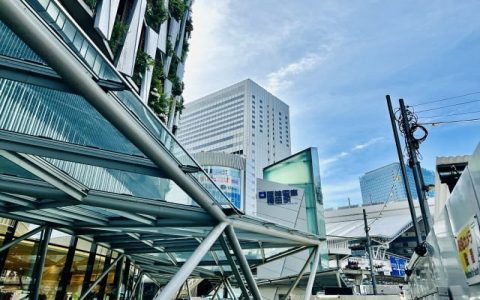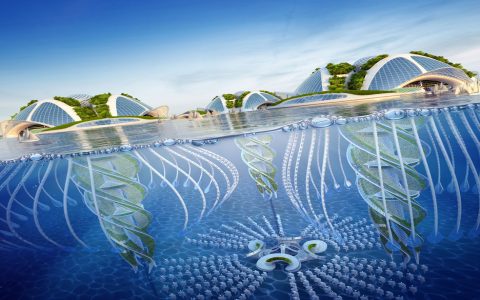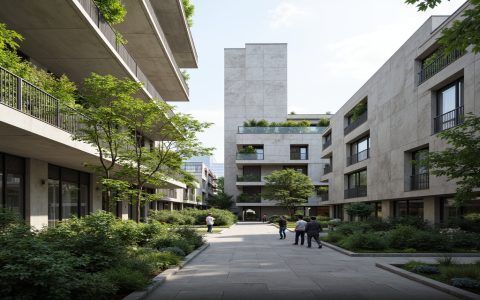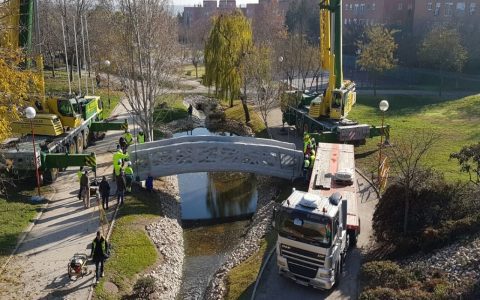Osaka's architecture is a dynamic tapestry, interweaving centuries of tradition with bold, futuristic designs. This urban landscape reflects the city's evolution as a major commercial and cultural center in Japan.
Traditional Architectural Heritage
Osaka preserves significant historical structures that offer insights into Japan's rich architectural past:
- Osaka Castle (大阪城): Dominating the city's skyline, the current castle is a 20th-century reconstruction of the original 16th-century fortress. It features massive stone walls, moats, and a distinctive main tower (tenshukaku) embodying feudal-era defensive architecture.
- Shitennoji Temple (四天王寺): Established in 593 AD, it is one of Japan's oldest officially administered Buddhist temples. Though rebuilt multiple times due to fires, its layout often adheres to original continental Asian temple arrangements, showcasing early Buddhist architectural influences.
- Sumiyoshi Taisha Shrine (住吉大社): This is one of Japan's oldest Shinto shrines and the head shrine of all Sumiyoshi shrines. It is notable for Sumiyoshi-zukuri, a purely Japanese shrine architectural style characterized by straight roofs (kirizuma-yane) and entrances under the gable (tsumairi), predating widespread Buddhist architectural impact.
Modern and Contemporary Icons
Osaka is equally renowned for its innovative and striking modern architecture:
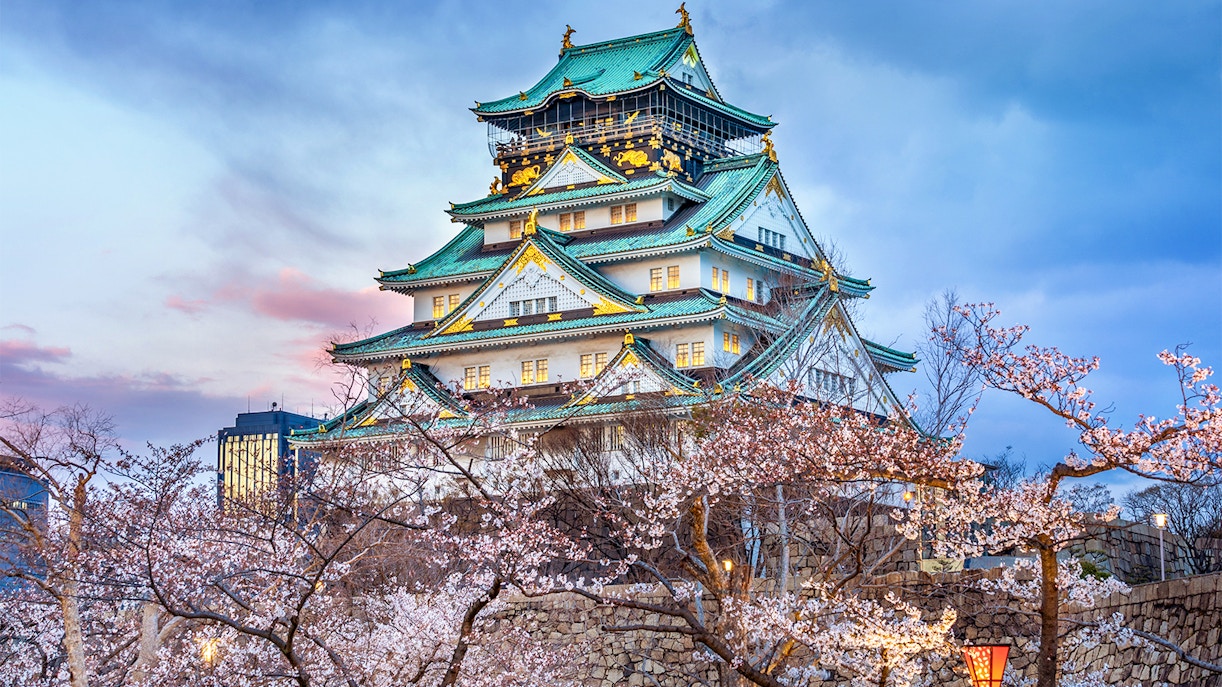
- Umeda Sky Building (梅田スカイビル): An iconic landmark completed in 1993, designed by Hiroshi Hara. It consists of two 40-story towers connected at their top by the "Floating Garden Observatory," offering panoramic city views and a unique structural statement.
- Abeno Harukas (あべのハルカス): Standing at 300 meters, this is Japan's tallest skyscraper. Completed in 2014 and designed by César Pelli & Associates (now Pelli Clarke & Partners) with Takenaka Corporation, it integrates a department store, art museum, hotel, and observation deck.
- Namba Parks (なんばパークス): Designed by The Jerde Partnership, this is a large office and shopping complex known for its innovative, canyon-like design that incorporates extensive rooftop gardens, cascading greenery, and open spaces, creating an urban oasis.
- National Museum of Art, Osaka (NMAO) (国立国際美術館): Primarily an underground facility, its dramatic above-ground entrance structure, designed by César Pelli, resembles waving reeds or bamboo stalks, symbolizing growth and vitality in contemporary art.
Distinct Urban Architectural Expressions
Specific districts in Osaka showcase unique architectural characteristics driven by commerce and urban density:
- Dotonbori (道頓堀): Famous for its extravagant and illuminated signage, such as the Glico Running Man and Kani Doraku crab. The building facades themselves are often part of this vibrant, almost theatrical streetscape, reflecting the area's entertainment focus.
- Shinsekai (新世界) and Tsutenkaku Tower (通天閣): Shinsekai offers a retro-futuristic atmosphere, with the Tsutenkaku Tower (originally built in 1912, rebuilt in 1956) as its centerpiece. The area's architecture evokes early to mid-20th-century popular entertainment districts.
- Vertical Urbanism: Common to many Japanese metropolises, Osaka's architecture demonstrates a strong tendency towards vertical development. Multi-story buildings housing diverse functions – retail, dining, entertainment, and residential – are a standard response to high land values and population density.
Osaka's architectural environment continues to evolve, consistently blending functional responses to urban challenges with distinctive aesthetic and cultural statements.

